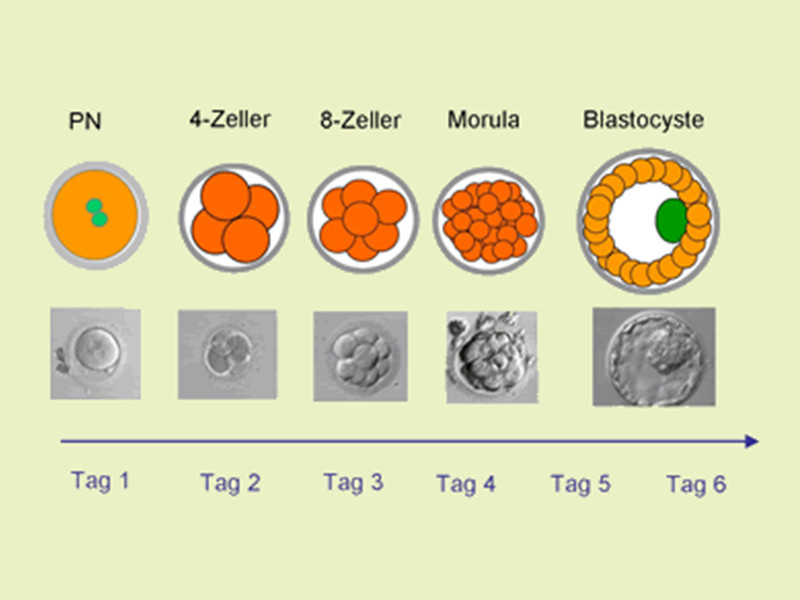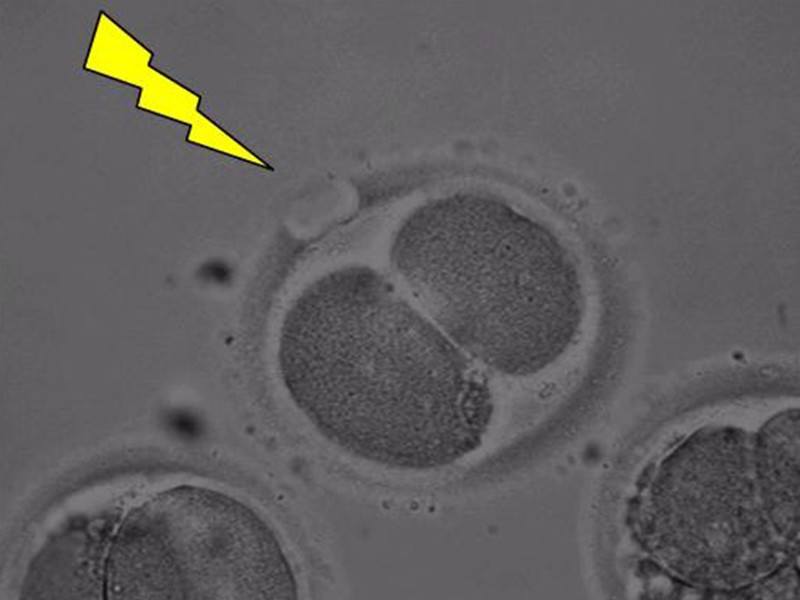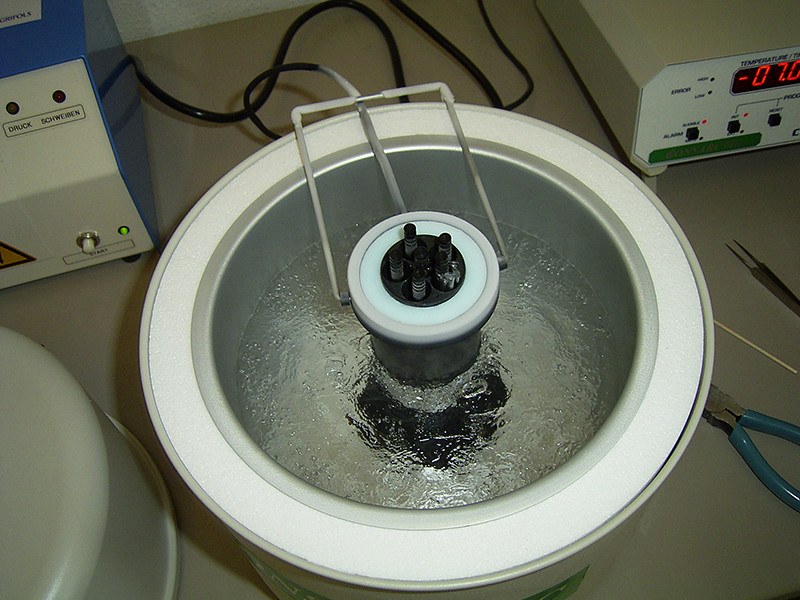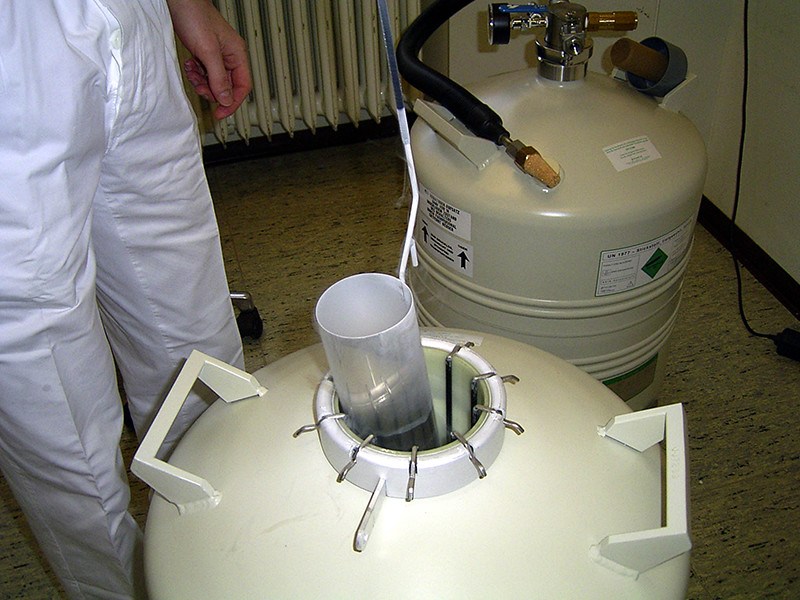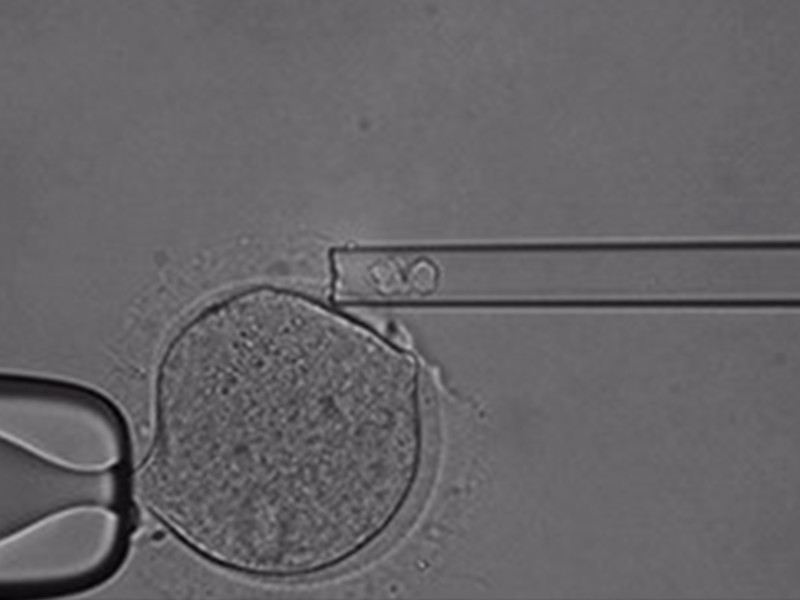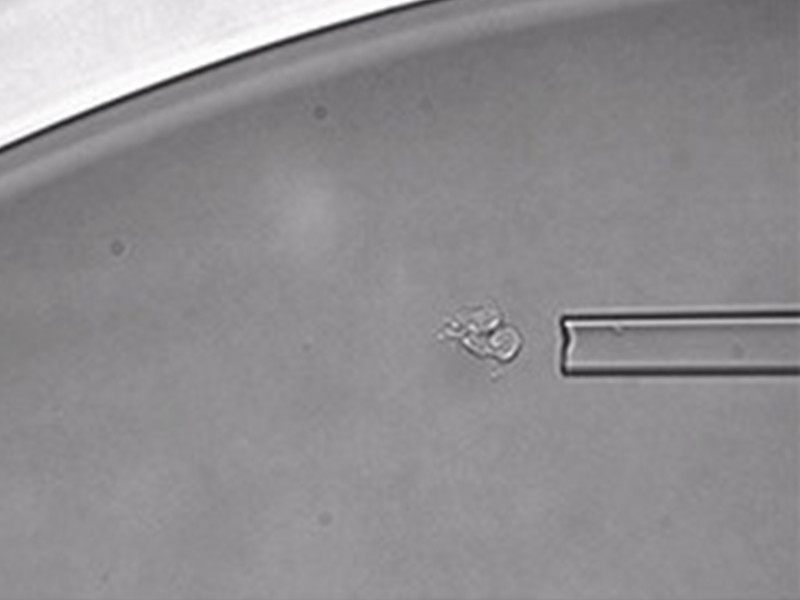Blastocysts are embryos in between the 64- to 128-cell stage. Embryos reach this stage in about 5 days after follicle puncture given ideal conditions.
The blastocyst has a high chance of implantation (about 35%) and therefore leading to a pregnancy. Because of the shortened time frame between embryo transfer and the embryo implantation in the uterus, there has been a decrease in tubal pregnancies thanks to blastocyst transfer. These are the reasons why it is preferred to cultivate embryos until blastocyst state in many countries.


